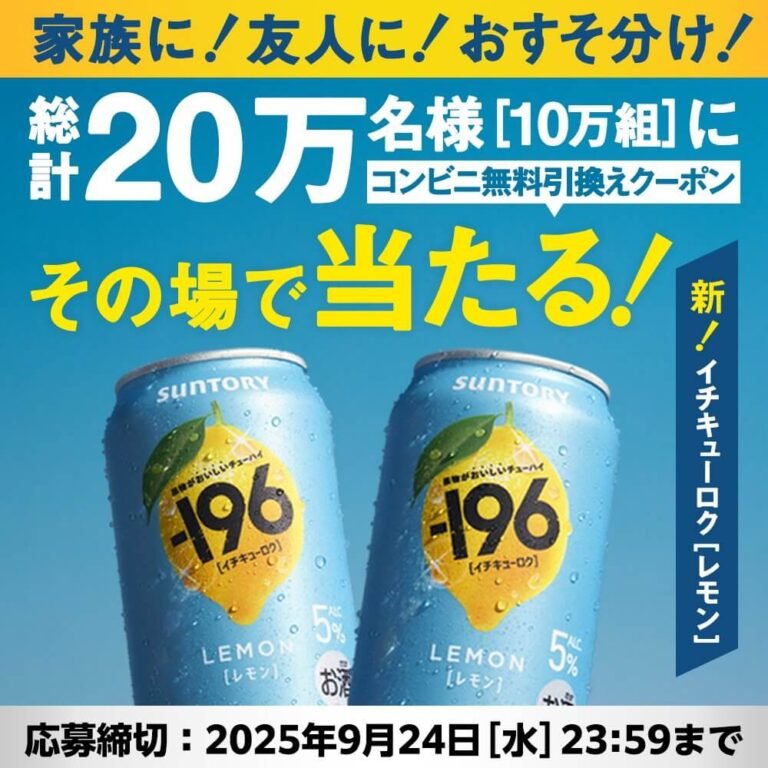Negi Shio Gyutan Beef Tongue Bento New Release Banner
🟪 Color Psychology & Palette Harmony
- Primary Color: Vibrant Green
- Conveys freshness, health, and natural ingredients — a common color in Japanese ready-meal visuals.
- Gradient from dark to bright green suggests expanding freshness and appetite stimulation.
- Secondary Color: Orange-Yellow
- Associated with warmth, appetite, and excitement.
- Used strategically in the release-date banner and cloud motifs to energize the composition.
- Accent Colors: White Typography + Warm Browns
- White text ensures readability; brown tones of beef and rice provide grounding warmth.
- Psychological Effect:
- Green signals trust and freshness; orange adds urgency and vitality — ideal for a “new product announcement.”
🟦 Typography Category & Weight Usage
- Main Title (“ネギ塩 牛タン”)
- Heavy sans-serif in vertical layout — bold, compact, and powerful.
- White-on-green contrast ensures maximum visibility.
- Supporting Text (“うま味シュワッ!ネギシャキ!” / “限定・数量”)
- Lighter weight and playful typography convey friendliness and rhythm.
- Rounded frame keeps hierarchy distinct yet harmonious.
- Date Block (“7.23 Wed 新発売”)
- Bold sans-serif with bright yellow background — simulates urgency similar to “limited time offer” signals.
- Enlarged numerals emphasize immediacy and clarity.
- Typography Logic:
- Clear hierarchy: Title (largest) → Date (secondary) → Description (supporting).
- Mix of rigidity and playfulness balances energy and readability.
🟩 Grid System / White Space / Alignment
- Composition:
- Right-weighted layout: main dish on the right, text aligned vertically on the left.
- Dual focus — information and food imagery.
- White Space:
- Adequate top/left spacing for headline breathing room.
- Bottom orange bar acts as a stabilizing base for the visual.
- Alignment:
- Japanese text vertically aligned; numeric and CTA elements horizontally aligned.
- Grid symmetry ensures smooth scanning flow.
- Spatial Rhythm:
- Three layers — top (context), middle (product), bottom (action).
- Structured yet dynamic, suitable for fast visual processing.
🟨 Visual Hierarchy & Focal Guidance
- Primary Focus:
- The beef tongue dish — largest, brightest, and most detailed object, illuminated from the left.
- Secondary Focus:
- Main vertical headline — large white characters contrast with green for instant recognition.
- Tertiary Focus:
- Yellow bottom bar with date and “New Release” text — directs attention to action.
- Guided Path:
- Eyes drawn to the glossy meat texture.
- Move left to read the bold white title.
- End with the orange CTA zone at the bottom.
- Lighting & Motion:
- Diagonal lighting highlights juiciness; orange cloud shapes add visual rhythm and balance.
🟧 Overall Visual Experience Summary
- Atmosphere:
- Bold, energetic, and appetite-stimulating — typical of Japanese convenience-store food ads.
- Green & orange palette evokes freshness and urgency simultaneously.
- Design Logic:
- Color drives psychology (green = natural, orange = action).
- Typography delivers impact (bold = strength, vertical = authenticity).
- Composition ensures conversion (food → title → release info).
- Brand & Consumer Psychology:
- Creates strong “limited edition” tension and immediacy.
- Exemplifies a high-impact visual strategy — sensory appeal first, message second, action third.




